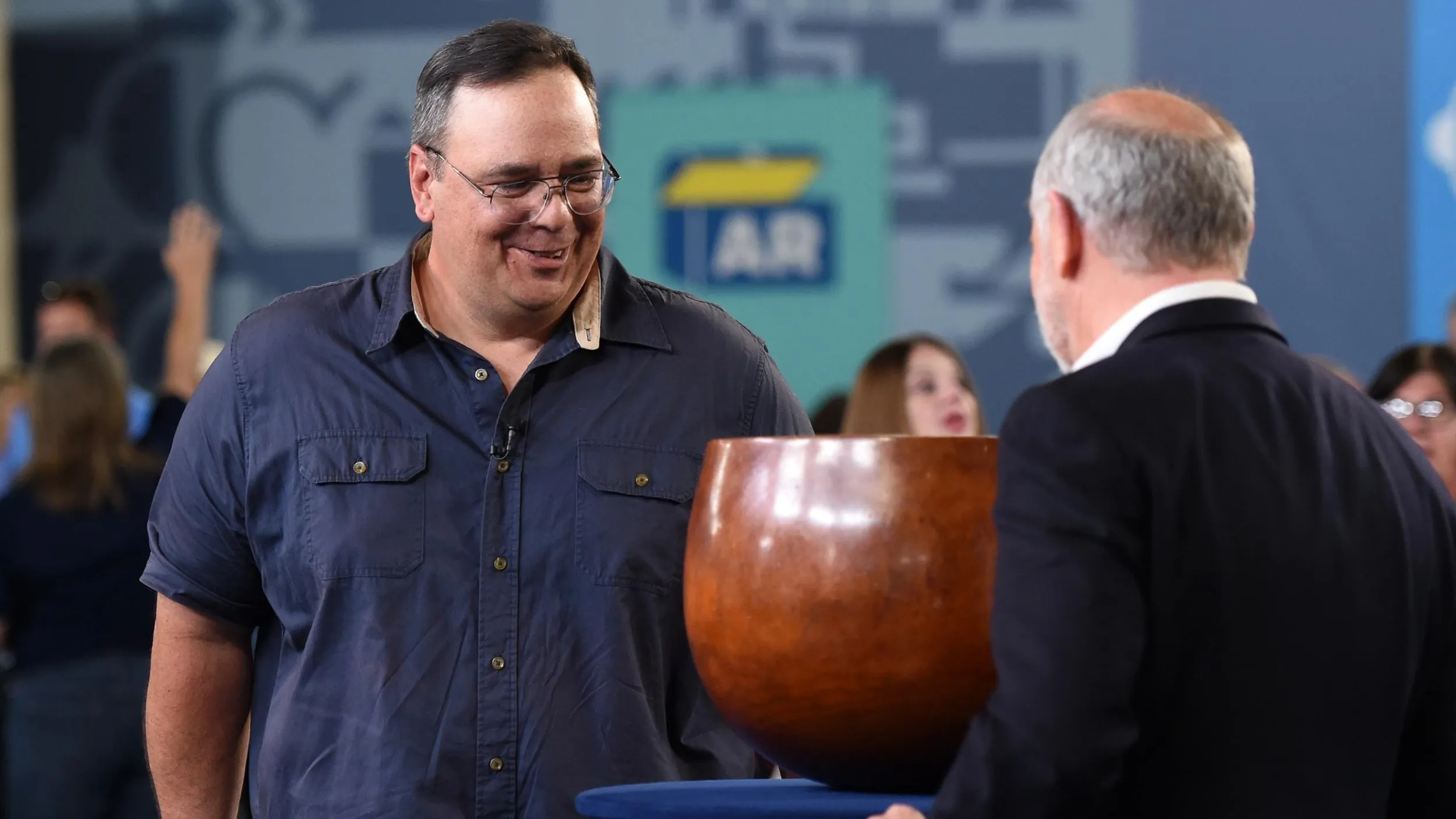GUEST: Well, it's originally from my grandfather back in the 1880s. He was a silver miner, actually owner, in Montana.
APPRAISER: So where did he get it?
GUEST: You know, I don't know.
APPRAISER: You don't know where he got it, you don't know when he got it?
GUEST: I would assume probably in the 1880s, or maybe 1900s.
APPRAISER: Okay. These pieces were actually made in the 1890s, and there are registration marks on the back that help me date them to around the early to mid 1890s. So I would assume that they would have been bought new right at that time.
GUEST: Okay.
APPRAISER: It's some of the most expensive china that money would buy at the time. On the back here are some marks, and they all have similar marks. In the center, there's a world globe, and it says, "Mintons," and that's the name of the manufacturer in England who made them. Then around there is a band. It says "Phillips," which is a retail store, and it was on Oxford Street in London. Now, one reason I could tell this stuff is so expensive is the way that it's made. Every piece is heavily encrusted with a raised gold decoration, and this was an immensely expensive process, as was the monograms which had to be custom-done. You've got three different size of tureens, that's one pattern. The plate and the cups and saucers is a different pattern. And then the little piece in the center, which is a menu plaque, is a third pattern. So they were obviously all bought to go together, but not actually the same pattern. Now, I can't tell you the exact price that these sold for back then, but I would say, for instance, the dinner plates probably sold for as much as a general worker would make in a week.
GUEST: Oh, wow.
APPRAISER: And obviously, since your grandfather had made all this money in the mining business, he went and spent it.
GUEST: He walked downtown, and he'd light dollar bills to light his cigars.
APPRAISER: And did he keep his money?
GUEST: No, he went bankrupt.
APPRAISER: Now, when you're buying and selling sets of plates and sets of cups and saucers, a set is more valuable. So a set of 12 of the plates could be a lot more. A set of six or a set of eight doesn't quite cut it in terms of the market price.
GUEST: Right.
APPRAISER: Pieces like this don't bring all that much money, surprisingly, just on pieces, but these would bring much more money than other pieces from the same time period because of the very high quality and then because of this turquoise color, which is very desirable.
GUEST: Okay.
APPRAISER: The plate and the demitasse cup and saucer would probably sell, individually, for between $75 and $125 each.
GUEST: Okay.
APPRAISER: The tureens, the smaller one is a sauce tureen, the one next to you is a covered vegetable bowl. Those are surprisingly worth about the same, which would be around $150 to $250 each.
GUEST: Okay.
APPRAISER: The menu plaque actually is a rare and desirable piece, so I think a retail price on it would be between $300 and $500. Now, the largest piece on the top is the most desirable piece, and inside of it is a removable liner, which is very unusual, and I think that piece would retail between $500 and $750. So for this group here, a retail price would probably be between $1,250 and $2,000.
GUEST: Sounds good, thank you.
APPRAISER: If these pieces were still made today, of this quality, my guess is this group here would probably retail-- just what we're seeing here-- for between $10,000 and $20,000.
GUEST: Oh, wow.
APPRAISER: And so this is an example that the antique is much less expensive than it would cost if it were new.
GUEST: Oh, wow.





